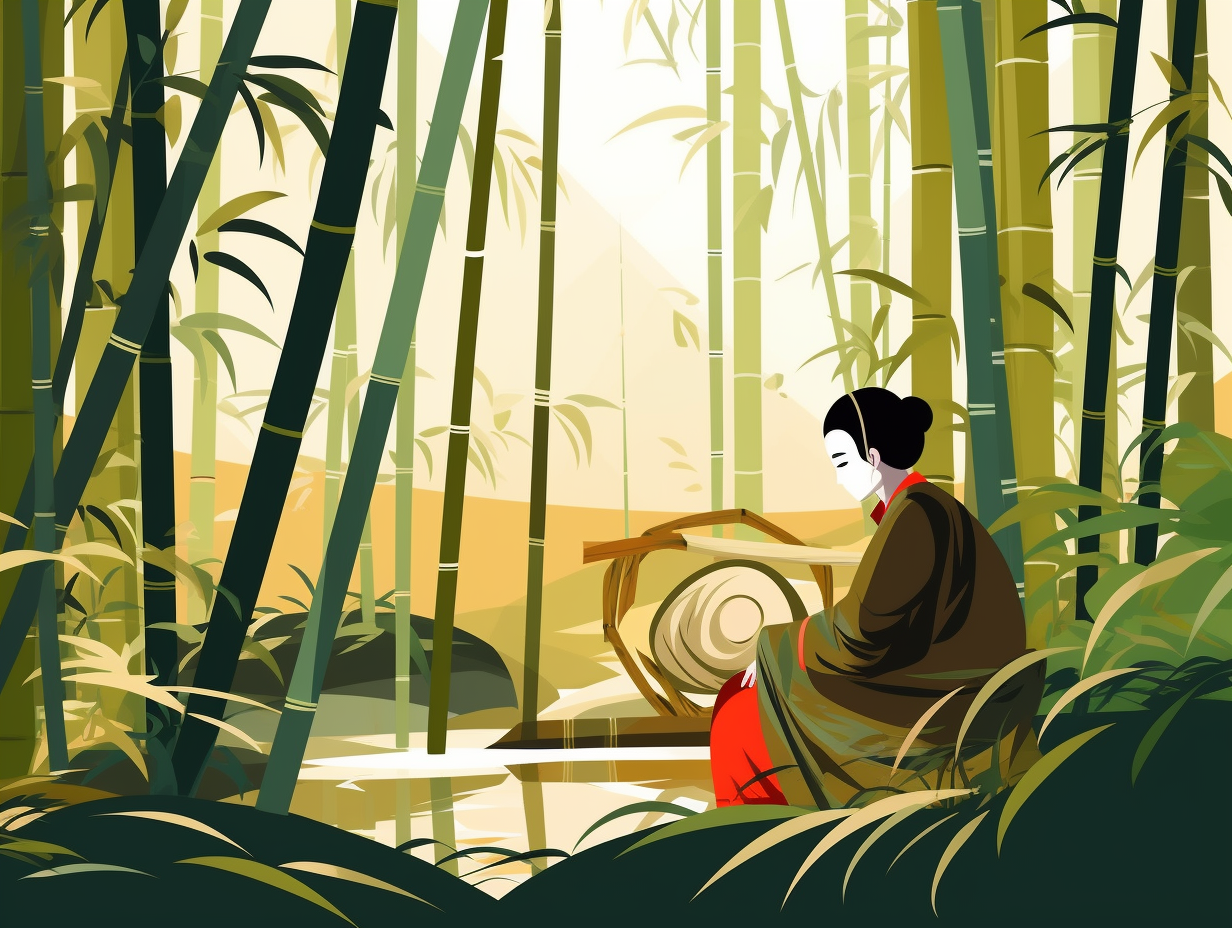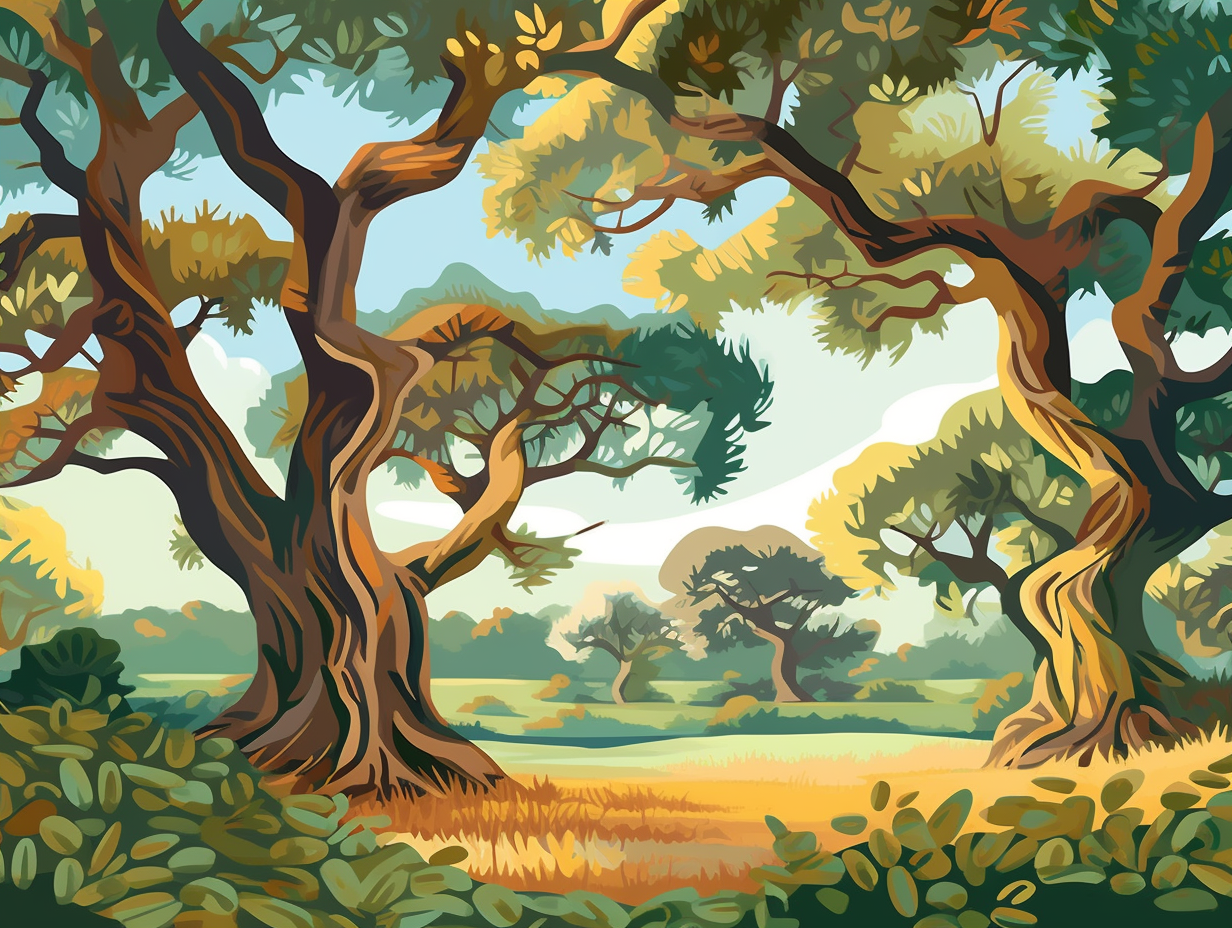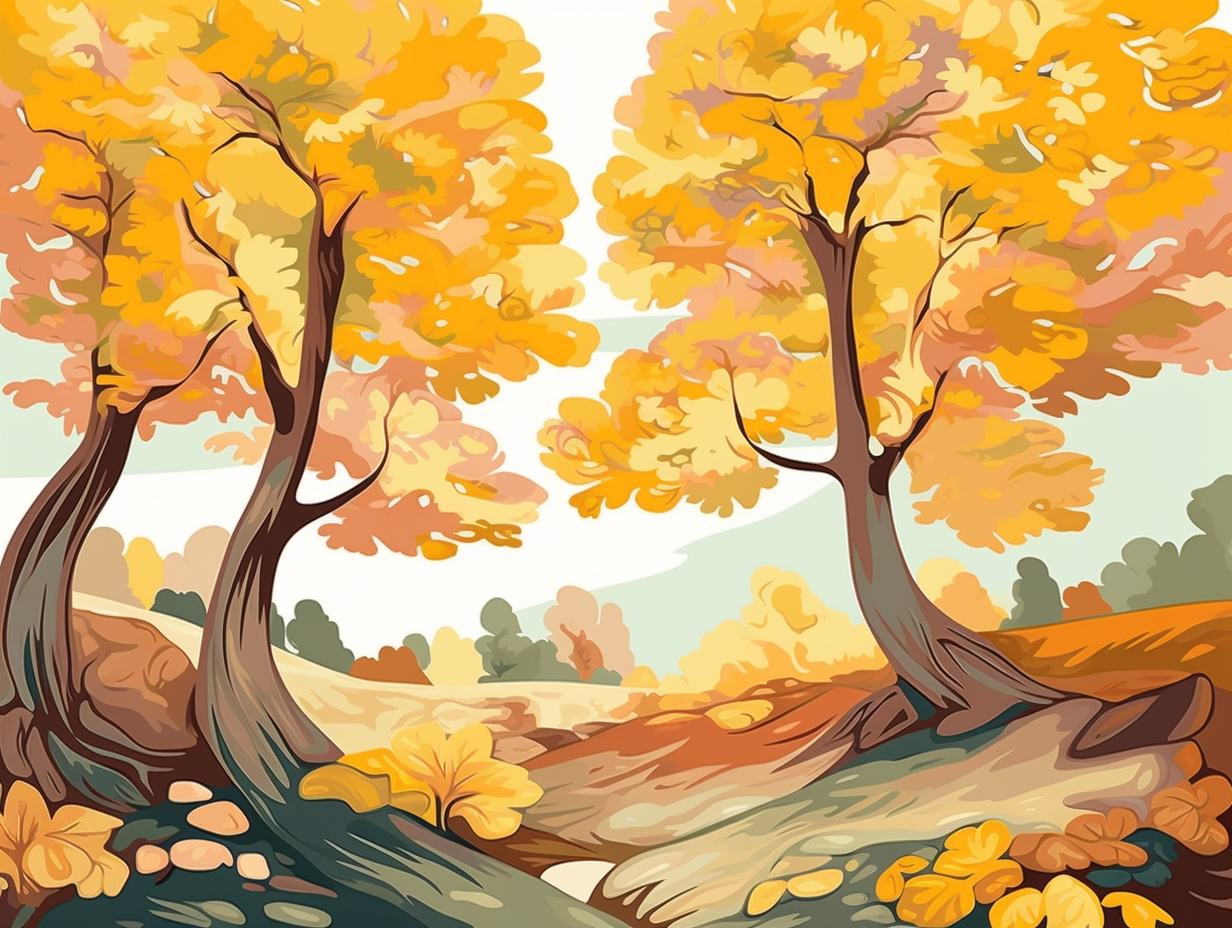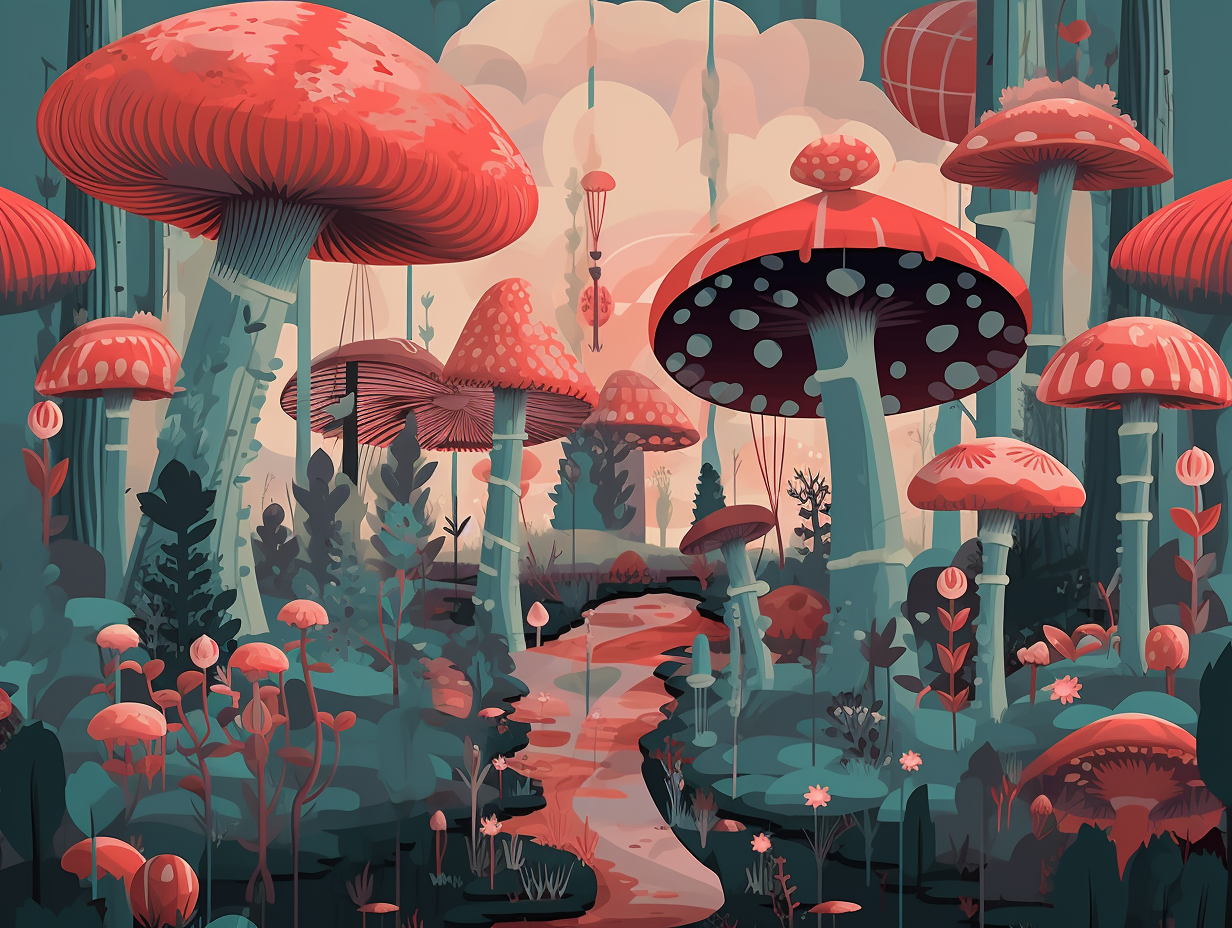Discover the Wonder: 13 Enthralling Fun Facts About Baobab Trees You Need to Know!
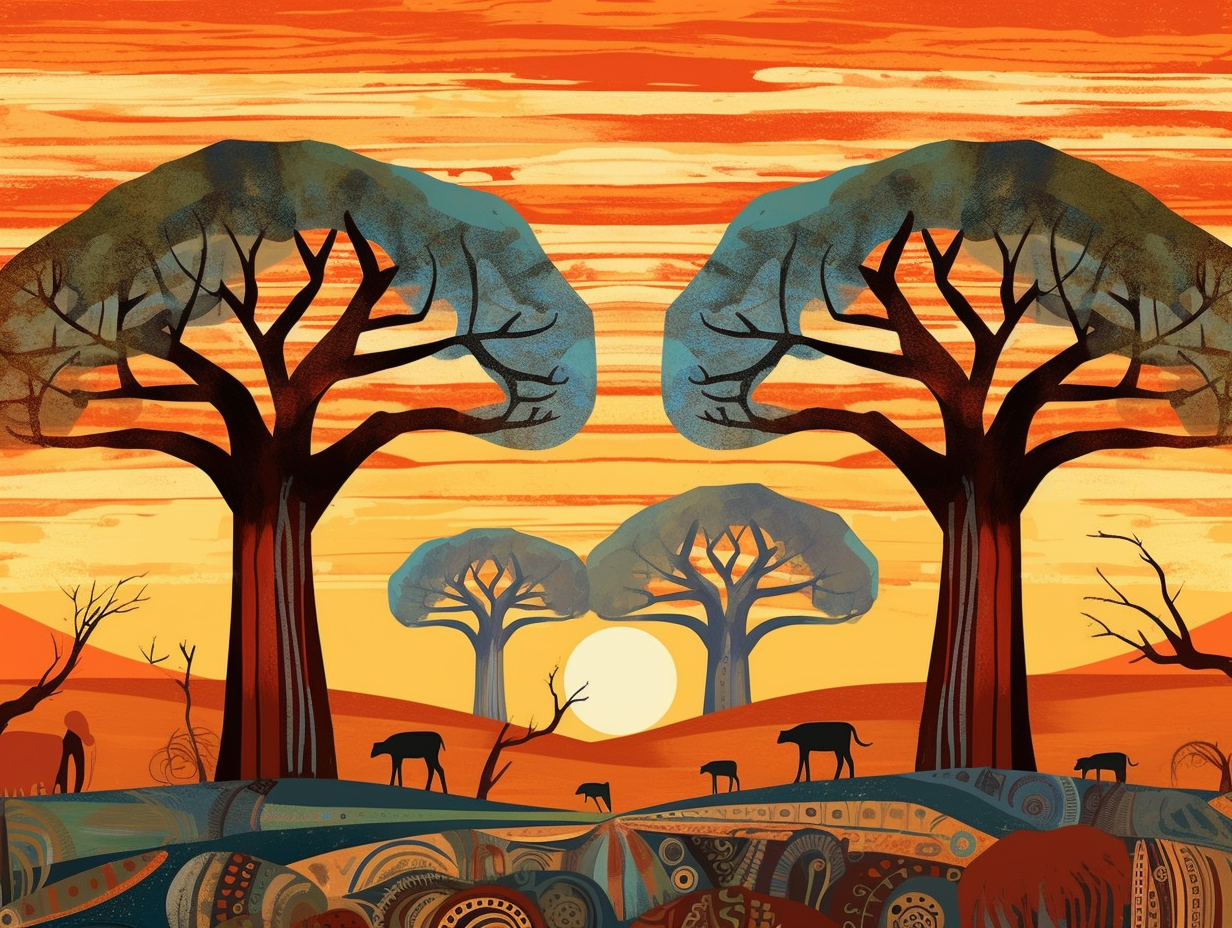
1. LinkedIn Arboreal Legend
If the baobab tree had a résumé, you'd find it under "ancient wonder" on LinkedIn: Some experts believe that this multifaceted marvel is over 6,000 years old, making it an ageless arboreal legend that provides food, water, shelter, and clothing for various beings across the African savannah.
Source => simple.wikipedia.org
2. Drought-Dodging Expert
While baobab trees might not have a degree in possum impersonation, they certainly know a thing or two about playing it cool under the scorching sun: These drought-dodgers conserve water by lowering their metabolism, shedding leaves, and even extracting moisture from ripe fruits, proving that life in the desert isn't all wailing over spilled water.
Source => baobabstories.com

Did you know acacia trees are more than just beautiful? Discover their edible leaves, flowers, and pods, plus their uses in dye and traditional medicine!
=> Fun Facts about Acacia-Trees
3. Oldest Tree Species Runner-Up
If baobabs held a family reunion, they'd still place second in the Oldest Tree Species competition, right behind their great-great-uncle Bristlecone Pine: While these leafy giants boast an impressive lifespan of 2000-3000 years, the Methuselah of trees is actually the bristlecone pine, which includes a Californian native aged at a jaw-dropping 4852 years old! However, baobabs do snag the title of largest and longest living flowering trees, with the eldest African baobab ancestor clocked at a still-respectable 2450 years of age in Zimbabwe.
Source => factly.in
4. Multitasking Marvel
From holding cocktail parties for termites to sending snail mail with a side of shade, baobab trees redefine multitasking: These massive trees have been known to serve as makeshift shelters, jails, bush pubs, and post offices, with their trunks even being hollowed out for the purpose, while their versatile bark can be utilized to craft clothing and ropes.
Source => outlookindia.com

5. Water Storage Superstar
Why did the baobab tree refuse a glass of water during the dry season? Because it's already got a full trunk on deck, thank you very much: Baobabs store water in their massive tree trunks – as much as 32,000 gallons, in fact – enabling them to survive African dry spells of up to nine long months. So remember, it's not just elephants who never forget to bring their resources along for parched days ahead!
Source => tonysreadinglist.wordpress.com
6. Nocturnal Party Host
Baobabs are the night owls of the tree world, throwing nightly parties for their VIP friends like bats, insects, and mouse lemurs - who pay their respects through pollination: The baobab's fragrant, white flowers bloom nocturnally, and can reappear every year on healthy trees, luring in pollinators with bountiful nectar and irresistible aromas.
Source => homeguides.sfgate.com
7. Juicy Gossip Trunk
Who needs a water cooler chat when you can huddle around a tree? Baobabs beg for your attention with their peculiarly plump trunks, almost as if they're about to share the juiciest gossip in the savannah: these impressive trees can store a whopping 120,000 liters of water within their trunks, proving they're always ready to quench their thirst in drought-prone environments.
Source => simple.wikipedia.org
8. The Upside-Down Punishment
Once upon a time, the baobab tree was the sky-scraping narcissist of the plant world, behaving like a photosynthesizing Kanye West with branches: it just couldn't stop bragging about its height and splendor. Alas, this leafy Icarus flew too close to the sun: the gods, fed up with its arrogance, uprooted the tree and replanted it upside down, forcing its roots to reach for the sky as an eternal reminder of its hubris.
Source => safarisafricana.com
9. Elephantine Water Storage
Baobabs: nature's water cooler in the breakroom of life! These swollen trunk giants can actually store an elephantine volume of water - up to 120,000 liters - within their deceptively soft and lightweight wood, creating their personal reservoir for dry spells and parched surroundings.
Source => nph.onlinelibrary.wiley.com

10. Ecological Superhero
If a tree falls in the forest and no one is around, does it still make a sound? But if it's a baobab tree, nobody needs to worry—they're too busy hosting a wildlife house party and fighting erosion like an ecological superhero: Baobab trees, often referred to as the "tree of life," sustain various species such as monkeys, warthogs, weaver birds, galagos, and fruit bats, while also improving soil conditions and preventing erosion, proving they are invaluable assets for the ecosystem.
Source => animals.sandiegozoo.org
11. Miss Versatility
If trees held a beauty pageant, the baobab tree would win the crown for the "Miss Versatility" title – and it wouldn't even need a talent round to prove its worth: With nine distinct species found across Africa, Australia, and Madagascar, baobabs not only boast diverse features like unique flowers, leaves, and trunk thickness, but also multitask by providing food, shelter, and sustenance to the entire ecosystem of humans, insects, animals, and birds in their respective regions.
Source => abenaoffehgyimah.com
12. Gravity-Defying Tree Prank
Legend has it that the Baobab tree offended the gods, so in their wrath, they uprooted it and threw it back to Earth upside down to teach it a lesson - thus creating a tree that defies gravity and looks suspiciously like an artful prank: And so, the baobab tree has become a massive, inverted masterpiece that can live for over 1,000 years, bear fruits that taste like an unearthly mix of grapefruit, pear, and vanilla, and provide a virtual buffet of vitamins and nutrients for those wise enough to partake of its leaves, seeds, and pulp.
Source => canr.msu.edu
13. Ultimate Plant Multitaskers
Call them the ultimate multitaskers in the plant world, survivors of a fierce game show, and originators of the phrase "go big or go home": baobab trees have root systems stretching farther than their towering heights, spongy moist wood to thwart loggers, and can survive on just a few months of photosynthesis, pulling it off through their trunks and branches while being over 2,500 years old!
Source => topic.com
Related Fun Facts

